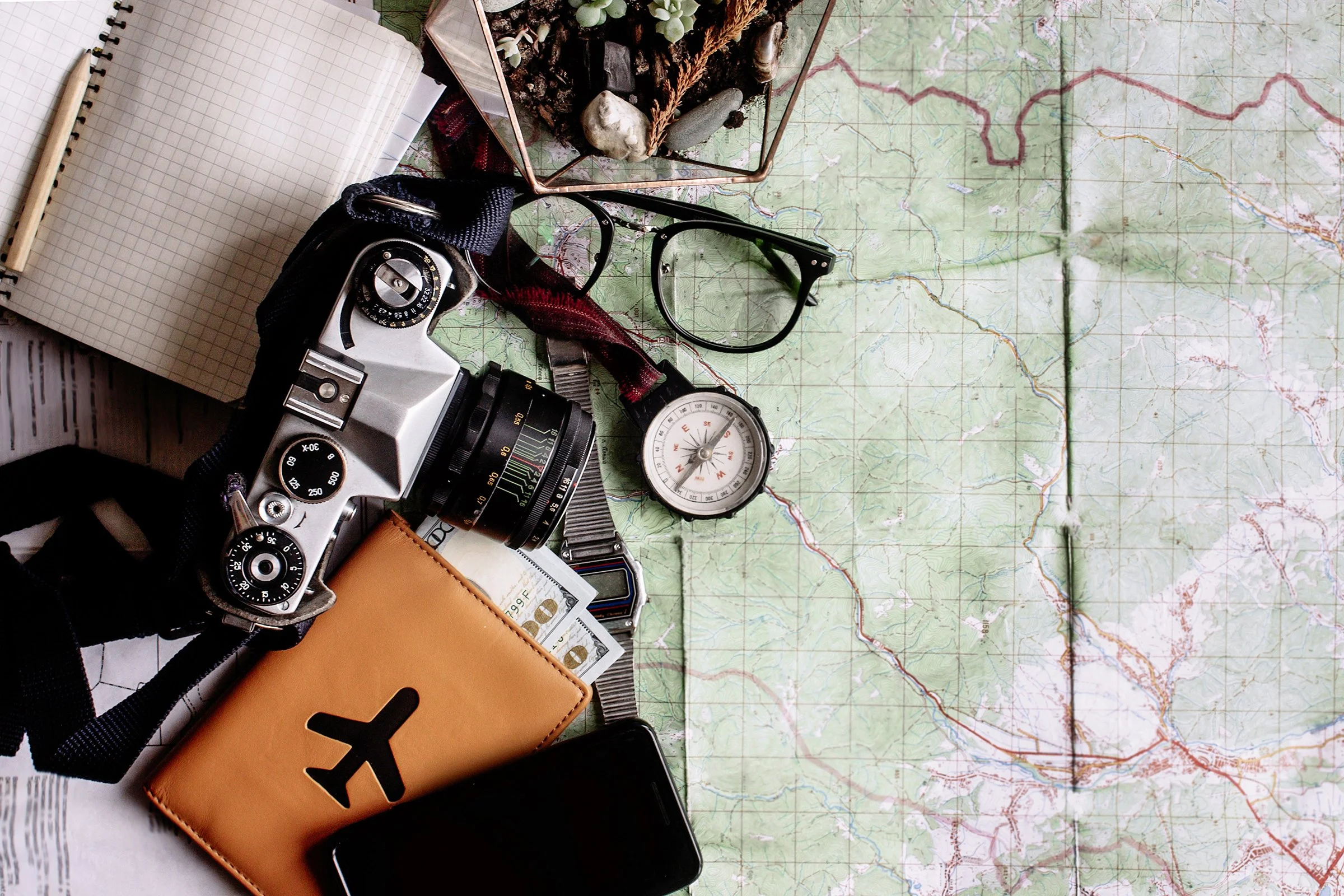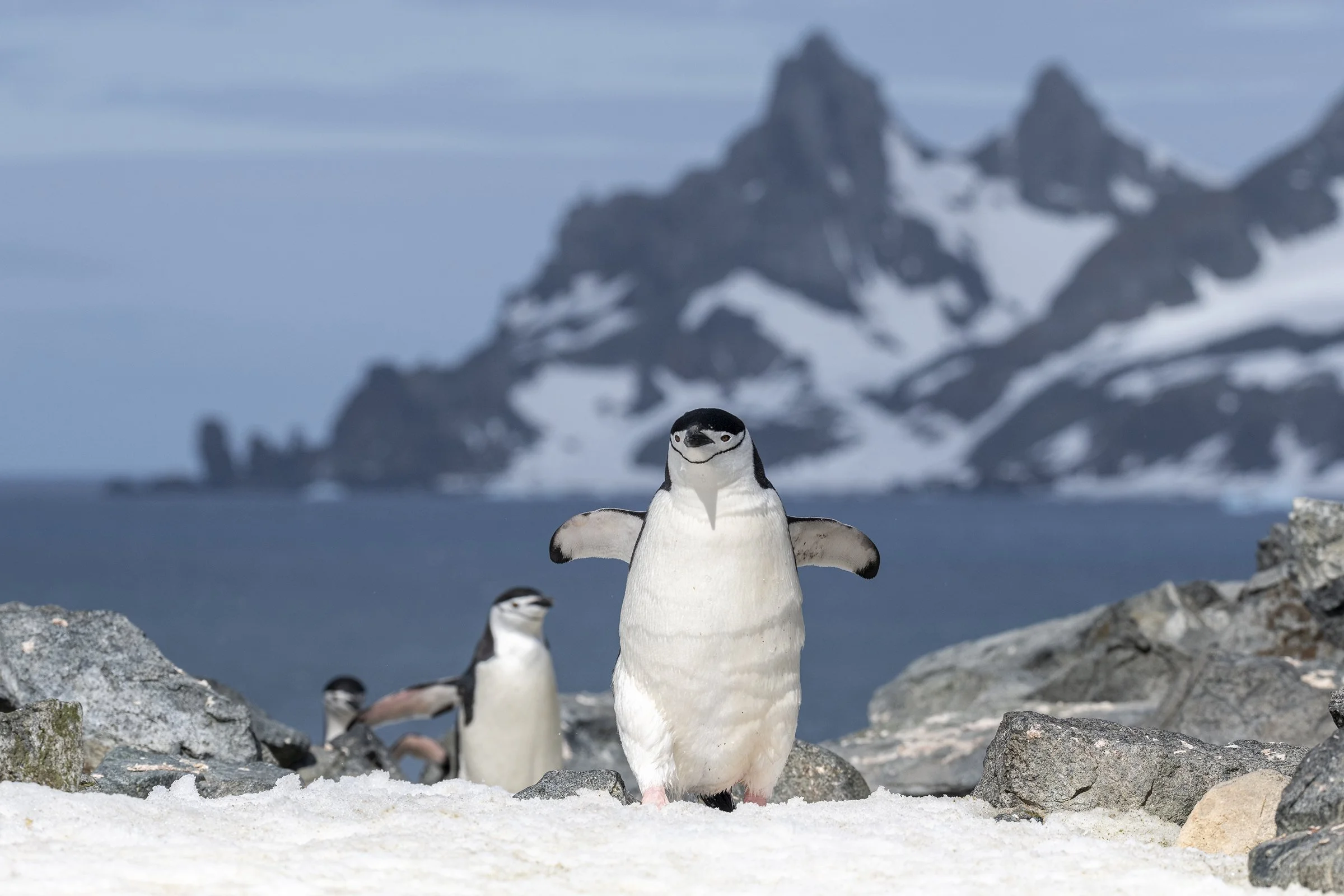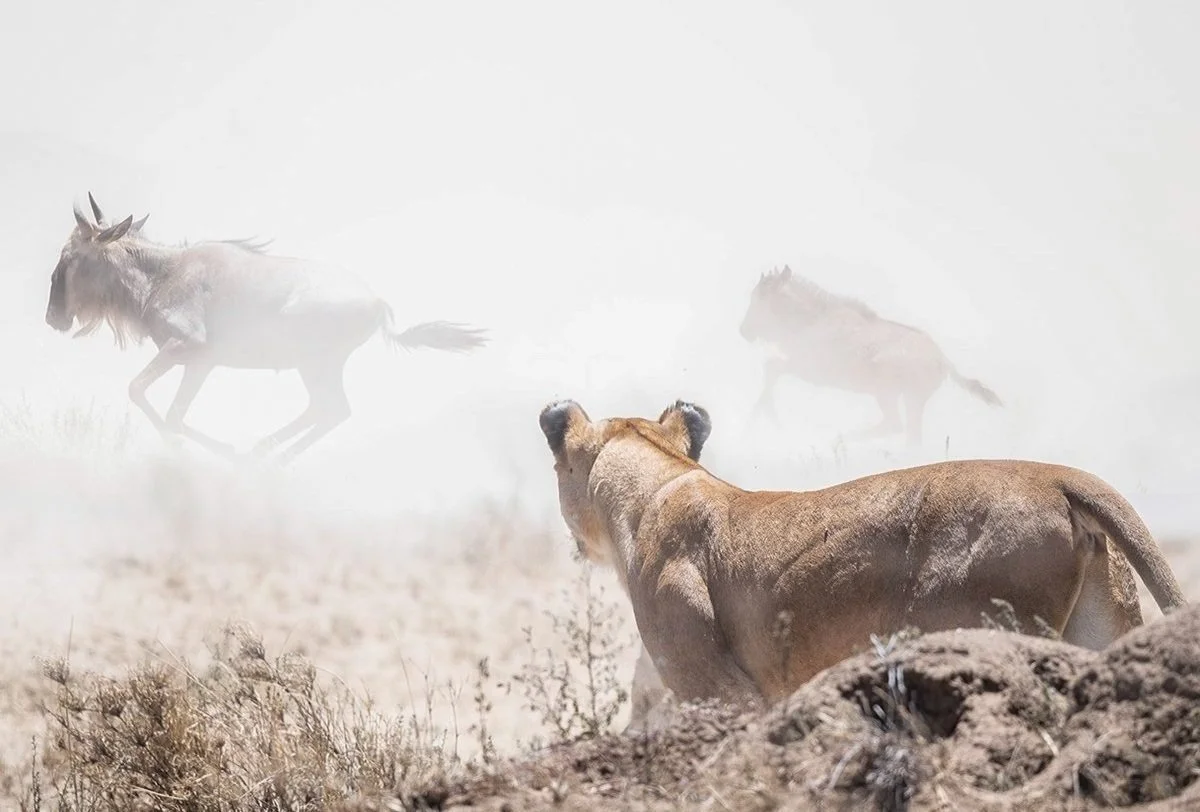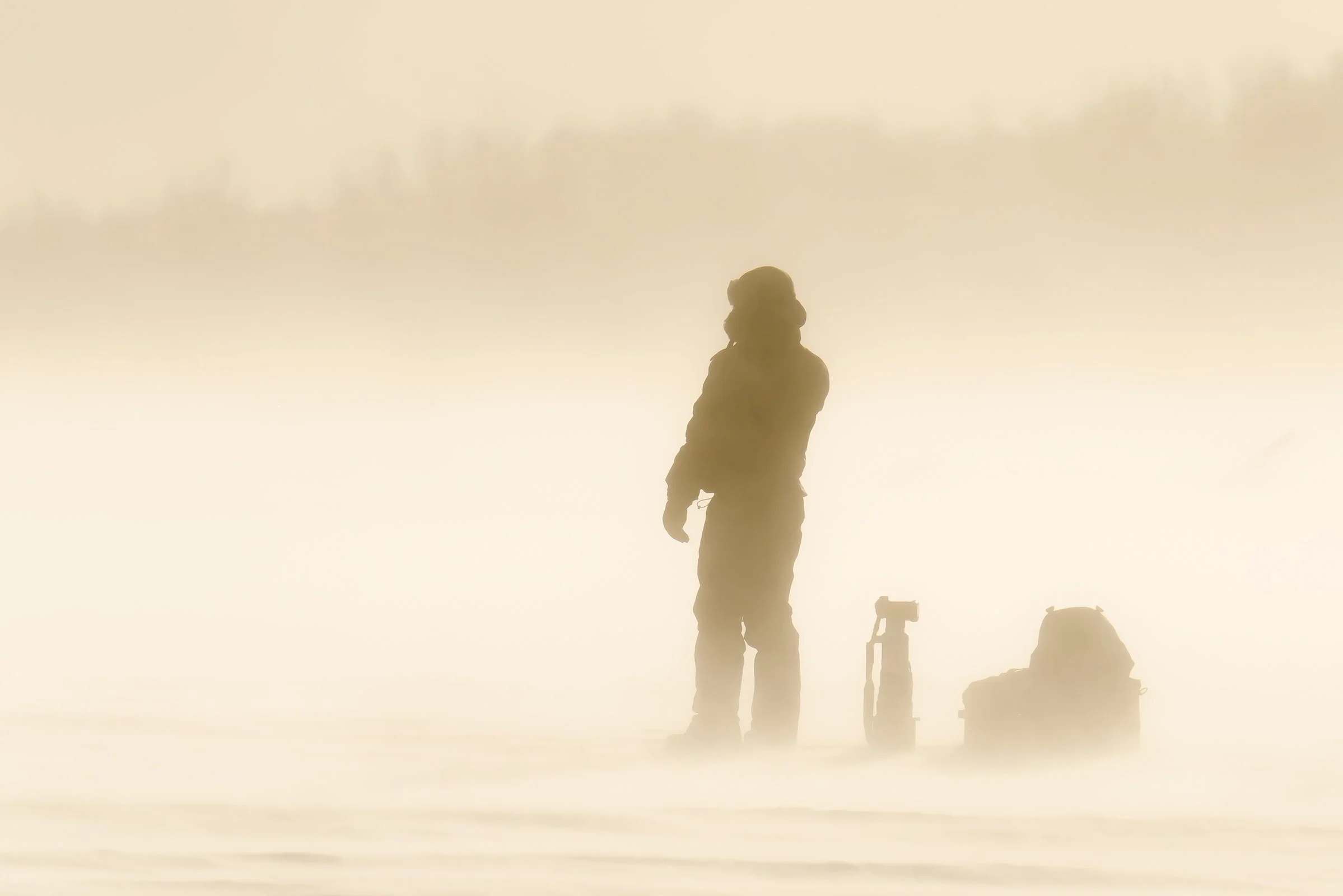Planning Your Wildlife Photography Trip
Planning Your Wildlife Photography Trip
We now want to turn our attention to two of the most important elements you should be focusing on while planning your wildlife outing. These exercises expand on the most common mistakes we discussed in the previous section. They will help ensure a successful wildlife photo shoot.
These two elements are Research and Pre-Visualization.
When it comes to research, we are going to teach you how to maximize your time before your trip, We will do this by splitting the research you should be conducting into three categories.
The first category of research is your species research. This is where you will begin to think like a naturalist and plan your trip around the species behavior you want to be capturing. These may include, nesting and denning behavior, mating rituals, and for those that prefer more action images, predation.
Each of these behaviors means different seasons of travel, which means you may have to consider different options in the second part of your research, and that is the lodging and modes of transportation during your photography outing.
Lodging and Transportation. Once you identify the type of species you want to photograph and the behavior that appeals to you, you want to find out what is the best location to stay at, and how are you going to travel to and from your locations.
Now, lodging options can be impacted by the seasons, and that means different weather conditions, which leads me to the third part of the research we will be covering with you, understanding the weather conditions you will be encountering.
Weather. Understanding the weather you will encounter during your outing will dictate the clothing and accessories you take with you. You never want to be unprepared for any potential weather conditions you might encounter in the field. Being unprepared will have an adverse effect on any outing. Trust me, we’ve been there.
We are then going to turn our attention to what we call, pre-visualization. This is a step that is often overlooked, yet imperative to the success you will have in the field. The exercise of pre-visualizing will help prepare you for any wildlife photography situations you might encounter.
You will be better prepared to quickly identify compelling compositions because you will have learned what to look for in the environments you will be visiting.
By paying attention to pre-visualization techniques, will be for the photography strategies that we will take on later on in this course. As you know, every animal has distinct characteristics that make for a more compelling photograph. We will teach you how to identify these characteristics, and how to anticipate them in the field.
That leads me to the last point on how pre-visualization techniques will make you a better photographer. You will learn how pre-visualizing your images will help you be able to adapt faster than you currently do to changing conditions and animal behavior.
Paying particular attention to the animal behavior you anticipate you will see in the wild will have a positive impact on the number of photos you may deem as “Keepers”. And who doesn’t want to have a higher keeper ratio?
By the end of this section, you should have a far greater understanding of how to plan your trip, and how to better prepare yourself to capture more impactful images through our pre-visualization techniques.
Let’s start with how we research the species that we want to photograph. In the blog posts below, we are going to layout an effective methodology of doing research to find the best locations to visit to photograph your next wildlife subject. Lets look at how we research our trips. – Learn More






